What is acrylic powder?
The acrylic powder is in powder form, and its main body is acrylate polymer particles polymerized into tiny round beads, which also includes initiators to induce curing, pigments to adjust color, and so on. The solidification reaction occurs when the acrylic nail powder is mixed with the crystal nail liquid, which can be used to make various styles of acrylic nail (toe) nails.
1. Ingredients
The main component of acrylic nail powder is polymethyl methacrylate (PMMA), which is a mixture of two monomers, methyl acrylate (EMA) and methyl methacrylate (MMA). It usually also contains benzophenone (benzophenone-1), which can keep the nail powder from discoloring when exposed to ultraviolet light. In addition, it also contains benzoyl peroxide (Benzoyl peroxide). In order to meet the fashion needs of consumers, manufacturers also produce versions with added pigments, usually at a concentration of 2%, which allows people to have a wider range of color choices. In addition, some crystal nail powder also adds glitter ingredients.
2. Principle
When used on nails, acrylic nail powder is mixed with a monomer liquid. In addition to avoiding the rapid combination of molecules, it also prevents yellowing and allows the color to spread evenly. In this process, the benzoyl peroxide in the powder acts as a catalyst, allowing the liquid monomer to form a stronger network chain between the powder particles, which can result in a hard resin.
3. Removal method
To remove acrylic nail powder and resin formed by a single liquid, the nail must be soaked or covered with a solvent. Acetone is the most commonly used, but many people don't like it because it has harmful side effects, such as irritating the respiratory tract, causing dizziness and nausea. It takes at least 20 minutes to remove the crystal nails. To prevent acetone from drying out the skin, you can apply petroleum jelly to the skin around the nails before starting.
4. Security
The safety of crystal nail powder is very controversial, which may be related to its inclusion of methyl methacrylate. Methyl methacrylate has been banned by agencies such as the US Food and Drug Administration. However, this ban only relates to chemical monomer liquids, and does not include polymers in solids and powders. The reason for the safety of the latter is that its molecules are too large to penetrate into the skin. Although crystal nail powder itself is not harmful to health, it needs to be removed by solvent. These chemicals can produce toxic odors and can cause irritation when they come in contact with the skin. They also reduce the thickness of the nails, and when combined with sanding tools, the nails will become thinner. There is also the risk of nail infection, which usually occurs when the skin or stratum corneum around the nail is damaged.
How to maintain acrylic nail?

After the manicurist finishes the phototherapy nail or crystal nail for the client, he should apply nutrient solution on the edge of the client's finger to avoid dry and cracked skin. In addition, customers should be reminded to rub finger edge oil and hand cream to maintain their hands and reduce the growth of keratin and barbs.
The manicurist should encourage the guests to develop good hand habit, use the belly instead of the fingertips to apply force directly, otherwise the newly made crystal or phototherapy nail may break due to external impact.
After finishing the phototherapy nails or crystal nails, the manicurist should remind the guests that it is best to wear gloves during daily housework. This will not only prevent nails from breaking, but also avoid corrosion by alkaline chemicals in daily necessities. The crystal armor turns yellow, becomes brittle, and fades.
Many customers will leave long nails, and the finger core under the front edge of the nail is easy to hide dirt, so the manicurist should remind guests to pay attention to the cleaning of the nails. It is best to clean the finger core with a toothbrush every night when washing your face.
Most customers think that the longer the phototherapy nail or crystal nail stays on the nail surface, the better. In fact, this is unscientific, therefore. The manicurist should remind the customer that after a period of time after the manicure, he should go to a professional nail shop to remove his nails. After removing the nails, he can do basic care for his nail style, and he can also let the nails rest for 3-5 days.
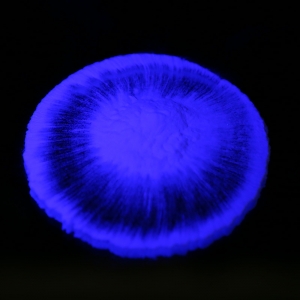
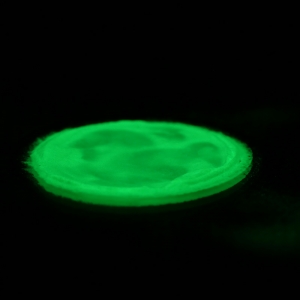
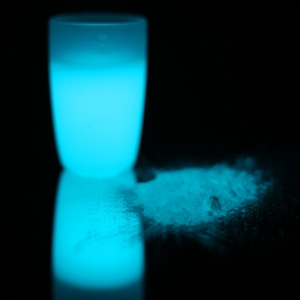
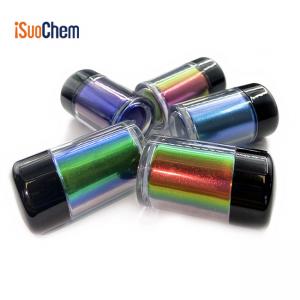
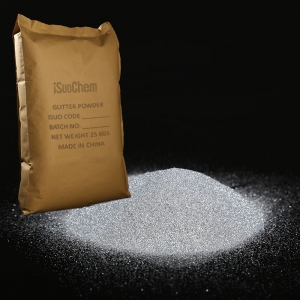
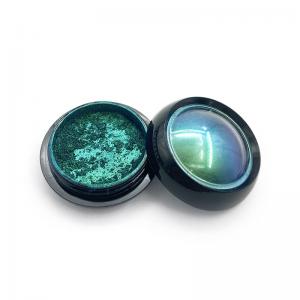






 +86 13965049124
+86 13965049124
 English
English  français
français русский
русский italiano
italiano español
español português
português العربية
العربية 한국의
한국의 ไทย
ไทย Tiếng Việt
Tiếng Việt





